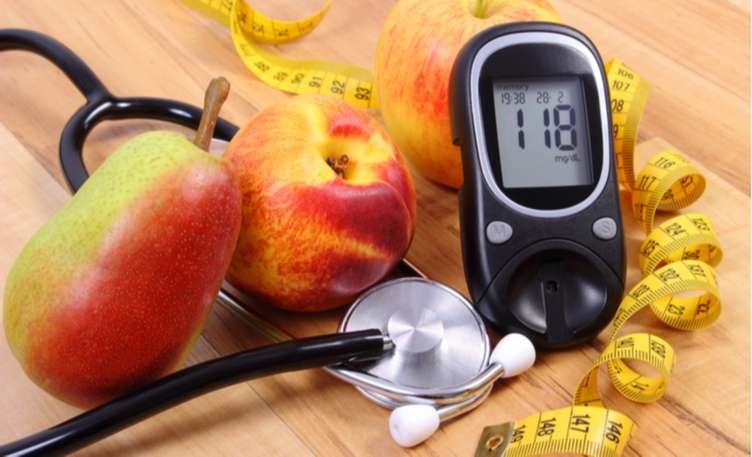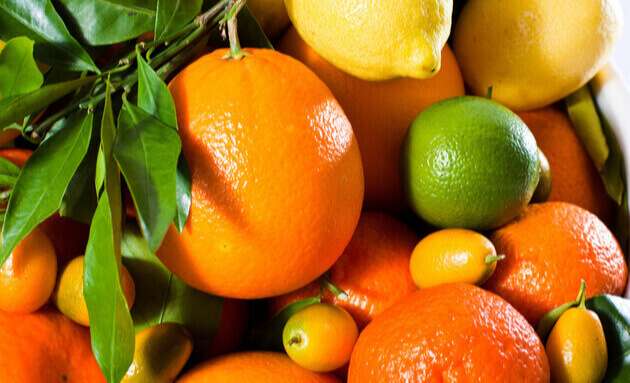Do’s and Don'ts for a Diabetes Diet
Sep 13, 2018

When you have diabetes, it’s easier to manage your blood sugar levels if you stick to a set of diet “Do’s” and “Don’ts”.
Dieting With Diabetes - What to Eat And What to Avoid
Control your diabetes and keep your blood sugar in check by following the below dietary guidelines.
-
Starch
Although many people suffering from diabetes avoid starch because it gets converted into glucose, which raises blood sugar levels, a daily dose of carbs are essential to meet energy requirements.
- Do: Eat more whole wheat bread and rotis, brown rice, and oats. Whole-grain starches give you more vitamins, minerals, and fibre than refined or white versions. Whole grains are also less likely to cause rapid spikes in your blood sugar.
- Don't: Avoid white bread, white rice, deep-fried foods and Indian sweets like laddoos, halwas and rasgullas, as they will quickly increase blood sugar.
-
Fruits

Fruits are a good source of carbohydrates, fibre, minerals, and vitamins.
- Do: Eat small servings of apples, bananas, oranges and other fruits. If you are looking for a quick dessert, just layer up some bananas and add some low-fat unsweetened dahi (curds) to it.
- Don’t: Do not go overboard on the serving size when it comes to fruits. Avoid processed fruits in the form of tinned fruits and fruit juices as they are loaded with sugar.
-
Vegetables
Vegetables are great for you as they provide fibre and contain very little fat or salt. You can make vegetables extra tasty by roasting them with a sprinkle of vegetable oil and adding some lime and salt for extra taste. Opt for steamed or tawa-fried vegetables instead of deep-fried ones.
- Do: Load up on spinach, tomatoes, green beans, cucumbers, broccoli, cauliflower, and sweet potato. They are packed with nutrients and low in carbohydrates.
- Don’t: Say no to fried and breaded vegetables that will add extra calories, carbs, and fat to your diet.
- Do: Load up on spinach, tomatoes, green beans, cucumbers, broccoli, cauliflower, and sweet potato. They are packed with nutrients and low in carbohydrates.
-
Protein

When it comes to protein, you can choose from a variety of plant and animal sources. Trim visible fat from meat and poultry and use a low-fat cooking method, such as roasting and boiling.
- Do: Opt for skinless chicken, fish, rajma, moong, soya beans, and lean cut meats instead of red meats. Try to include some plant-based protein sources such as beans, nuts, or tofu. These will provide you with fibre and nutrients that animal-based proteins lack.
- Don’t: Avoid eating fatty cuts of meat and processed or frozen meat.
-
Dairy
Milk and milk products are a tricky subject for diabetics, as they are loaded with extra calories and saturated fats that raise LDL or bad cholesterol levels.
- Do: Go for unflavoured, low-fat dahi, milk and paneer. This will give you protein, calcium, vitamins, and minerals with every serving.
- Don’t: Say no to full-fat dairy products. Remember, diabetes increases your risk of heart disease, and the extra fat is just going to contribute to plaque buildup.
-
Fats And Oils

Cutting out fats and oils is important when you have diabetes. But this doesn't mean you avoid them altogether.
- Do: Opt for natural vegetable fats and oils such as sesame seed oil, olive oil, and mustard oil. Tuna fish and mackerel are good sources of omega-3 fatty acids which promote heart health.
- Don’t: Stay away from saturated and partially hydrogenated fats that come from animal products and plant oils.
Diabetes is a serious medical condition and controlling sugar levels with a proper diet is an important part of managing it. Always follow your physician or registered dietitian's dietary recommendations and consult with them if you are unsure about what's good or bad for you.






